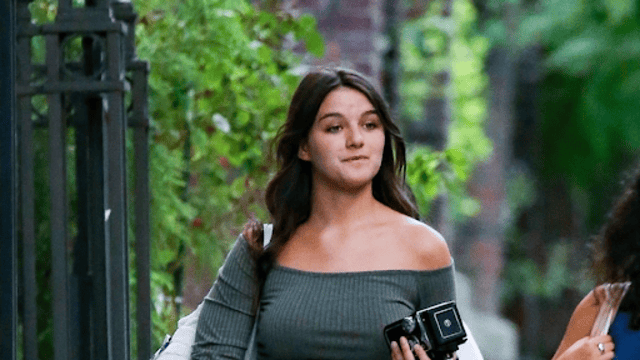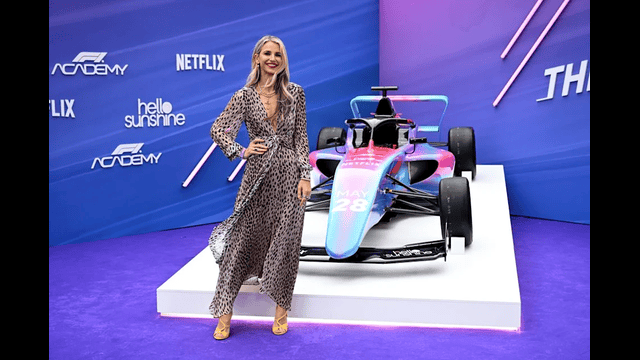
Travis Kelce attends the 2023 Revolve Festival in Thermal, California on April 15, 2023. Jason Sean Weiss/BFA.com/Shutterstock
About a year ago, NFL player Travis Kelce sported a vibrant silk shirt adorned with large pink flamingos and a prominent Chanel logo, repurposed from vintage Chanel scarves by stylist Logan Horne. Horne's brand, J. Logan Home, specializes in transforming luxury accessories, with each piece fetching around $3,000. Celebrities like Dua Lipa and 2 Chainz have been seen wearing his creations, which are available at select stores like Farfetch, Kith, and The Webster. However, these innovative designs have landed Horne in legal hot water with Chanel.
This clash is part of a growing trend where upcycling, touted as a sustainable solution for the fashion industry, collides with trademark protection laws. Major luxury brands, historically wary of the secondary market, fear losing control over their brand image, distribution, and sales to resellers and counterfeiters. The rise of online resale platforms intensified this tension, with Chanel pursuing legal action against re-commerce players it accuses of unauthorized use of its brand and selling counterfeit goods.
While big brands have been more focused on battling online resellers, emerging designers like Horne face their own challenges. Upcycling, driven by a demand for logo-centric streetwear and a desire for sustainable practices among young designers, has led to an increase in trademark and copyright infringement claims. Louis Vuitton and Levi’s are among the brands that have initiated legal action against upcyclers, alleging trademark infringement and consumer confusion.
Legal experts acknowledge the legitimate concerns of brands regarding trademark and copyright infringement but also highlight the conflict between these protections and broader sustainability goals. Upcyclers try to mitigate risks by avoiding prominent logos and providing clear disclaimers, but these efforts might not suffice to counter arguments of infringement. The clash between intellectual property laws and sustainability imperatives raises questions about the future of upcycling.
Chanel emphasizes its commitment to sustainability, citing its partnership with L’Atelier des Matières for recycling unsold items and deadstock. While recognizing the importance of upcycling, the company asserts its right to protect its brand from unauthorized use. Meanwhile, designers like Horne face the daunting prospect of legal battles and are exploring alternative strategies to continue their mission of addressing industry waste and overproduction.
The ongoing legal crackdown signals a broader shift in the fashion industry toward embracing new models. Some major brands have ventured into upcycling, while collaborations between emerging upcyclers and established labels are seen as a potential avenue for innovation. Despite the challenges, there is growing interest among brands in exploring sustainable practices, albeit at a cautious pace.















